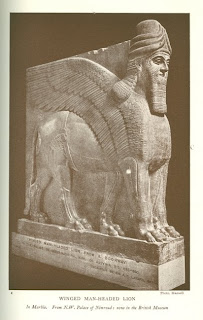



In exploring the idea of humans with wings, of course, Icarus of Greek legend comes to mind. I found these beautiful and unusual photos from around the web. I particularly like the last image documenting a performance piece by Chris Burden.
I also found this information regarding the symbolism of wings:
Wings In the more general sense, wings symbolize spirituality, imagination, thought. The Greeks portrayed love and victory as winged figures, and some deities, such as Athena, Artemis and Aphrodite were at first- though not later-also depicted with wings. According to Plato, wings are a symbol of intelligence, which is why some fabulous animals are winged, depicting the sublimation of those symbolic qualities usually ascribed to each animal. Pelops’ horses, and Pegasus, as well as Ceres’ snakes have this attribute. Wings are also found on certain objects such as heroes’ helmets, the caduceus and the thunderbolt in the cult of Jupiter. It follows that the form and nature of the wings express the spiritual qualities of the symbol. Thus, the wings of night-animals express a perverted imagination, and Icarus’ wax wings stand for functional insufficiency. In Christian symbolism it is said that wings are simply the light of the sun of justice, which always illuminates the mind of the righteous. Since wings also signify mobility, this meaning combines with that of enlightenment to express the possibility of ‘progress in enlightenment’ or spiritual evolution. In Alchemy, wings are always associated with the higher, activice, male principle; animals without wings are related to the passive female principle. It should also be recalled that since the foot is regarded as a symbol of the soul, the wings on the heels of some deities, especially Mercury, stand for the power of spiritual elevation comparable in essence with cosmic evolution. Jules Duhem, in his thesis on the history of flight, remarks that , in Tibet, Buddhist saints travels through the air wearing a special kind of shoes known as “light feet”
A Dictionary of Symbols By Juan Eduardo Cirlot pages 375 & 376
(2002) Courier Dover Publications ISBN 0486425231
















